Grass for heavy shaded area
paulsiu
13 years ago
Related Stories

GARDENING GUIDESGardening Solutions for Heavy Clay Soils
What’s a gardener to do with soil that’s easily compacted and has poor drainage? Find out here
Full Story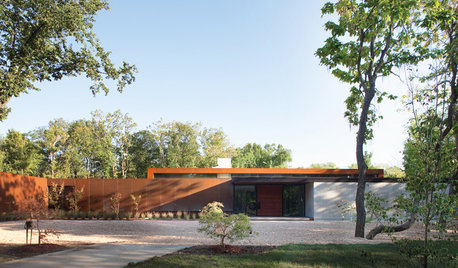
MODERN HOMESHouzz Tour: Heavy Metal Rocks a Modern Missouri Home
Steel shows up all over this single-level family home, but wood and other textures warm the look
Full Story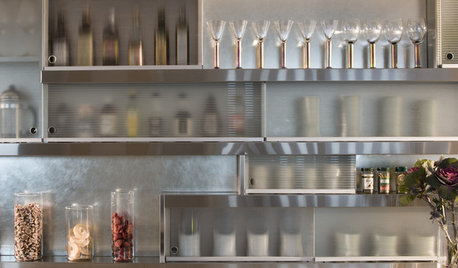
REMODELING GUIDESDesigns for Living: Heavy Metal in Home Decor
Explore the Edgy Beauty of Metal Cabinets, Walls, Ceilings and More
Full Story
GARDENING GUIDESGreat Design Plant: Purple Needle Grass, California’s State Grass
The long-lived, drought-tolerant Stipa pulchra is as admired for its benefits as for its good looks
Full Story
CENTRAL PLAINS NATIVE PLANTS10 Top Grasses for the Central Plains
Low-maintenance grasses provide seasonal interest and wildlife habitat, and aid good design
Full Story
DECORATING GUIDESWalls Have a Field Day With Grass Cloth
Rustic or refined, richly textured grass cloth provides a burst of natural freshness to your interior decorating
Full Story
LANDSCAPE DESIGNIs It Time to Consider Fake Grass?
With more realistic-looking options than ever, synthetic turf can be a boon. Find the benefits and an installation how-to here
Full Story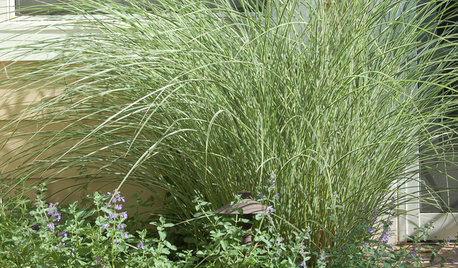
GARDENING AND LANDSCAPING5 Smokin' Warm-Season Grasses
Beat the heat with beautiful grasses that help your landscape shine from summer through fall
Full Story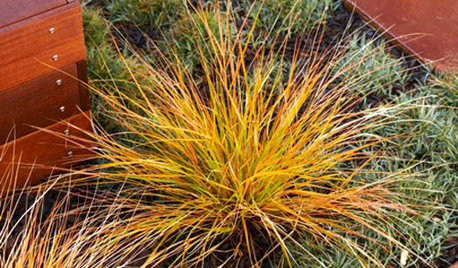
GOLD FOLIAGEGreat Plant: New Zealand Wind Grass
Gorgeous, green-to-gold feather grass make a big impact for little effort
Full Story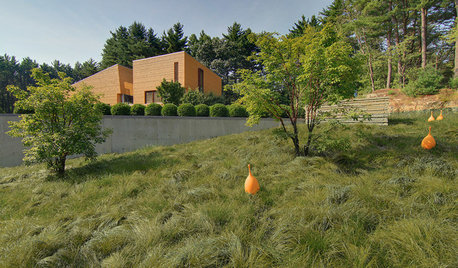
FLOWERS AND PLANTSCarex Pensylvanica Fills the Void in Dry Shade Gardens
Plant Pennsylvania sedge in eastern U.S. woodlands or dry shade gardens for spring flowers and softly textured bright green leaves
Full Story





Kimmsr
paulsiuOriginal Author
Related Professionals
Waunakee Landscape Architects & Landscape Designers · Broomfield Landscape Contractors · Chattanooga Landscape Contractors · Clayton Landscape Contractors · Gurnee Landscape Contractors · Lake Saint Louis Landscape Contractors · The Woodlands Landscape Contractors · Wallingford Landscape Contractors · Indio Driveway Installation & Maintenance · San Juan Capistrano Swimming Pool Builders · Brooklyn Fence Contractors · Cockeysville Fence Contractors · Framingham Fence Contractors · North Potomac Fence Contractors · Pennsauken Fence ContractorsKimmsr
bpgreen
Kimmsr
joepyeweed